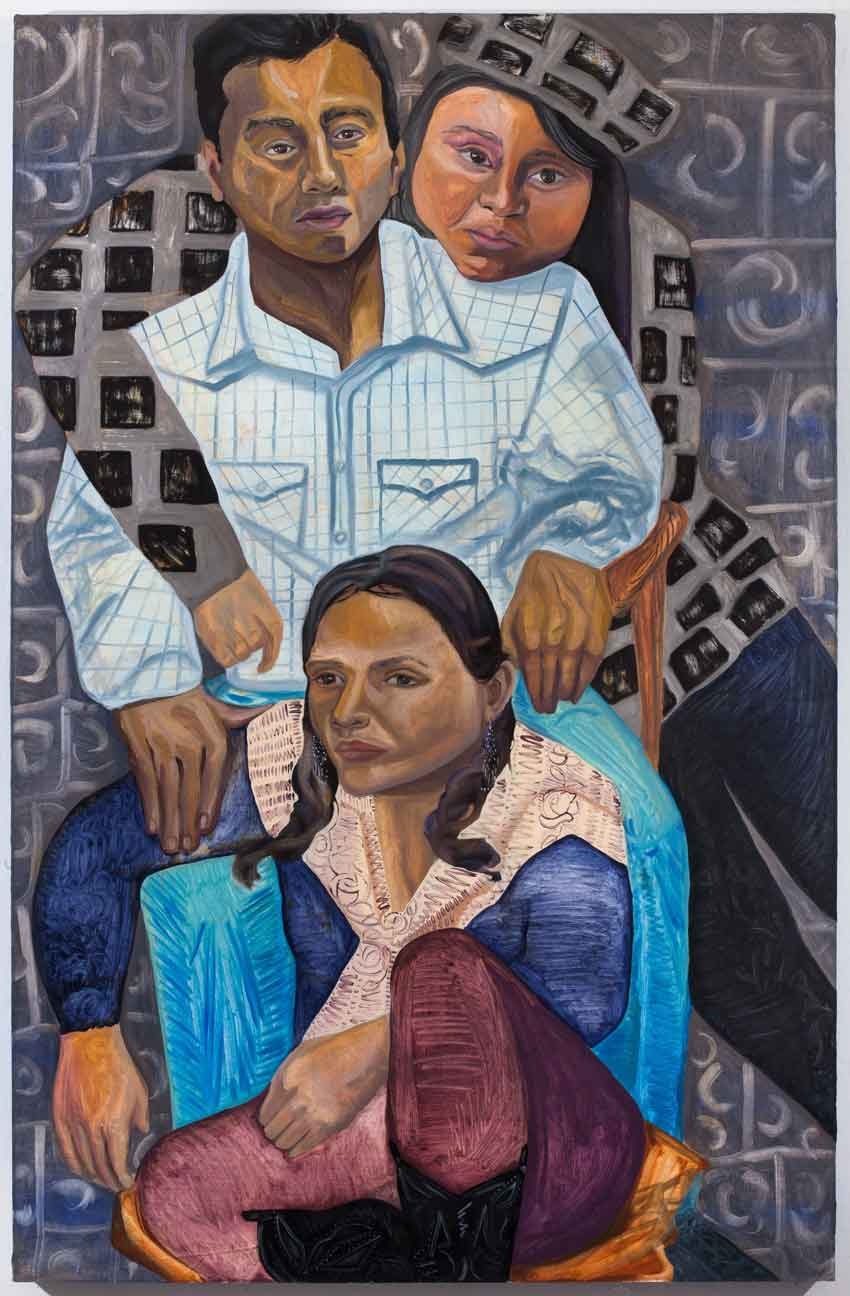Brooklyn-based Mexican artist Aliza Nisenbaum makes paintings. Taking the route of big, brushy and ethereal abstraction after graduation in 2005 from the Art Institute of Chicago, her work has seen a recent turn to figuration. Nisenbaum depicts flowers, textual material (eg, letters from family and friends) and predominantly indigenous Mexicans and Latin Americans. Her painting style is variously reminiscent of New York intimists like Alice Neel, Fairfield Porter, Joe Brainard and Jane Freilicher, while her bright, galvanic palette is liable to bring to mind native heroes such as Dr Atl and the muralists. Such a unique combination is particularly poignant for several reasons.
First of all, in a global ‘discourse’ of painting dominated by generic forms of largely fungible and thoroughly diluted abstraction, such socially and geographically specific intimism feels refreshingly focused. Secondly, what happens when you combine a patently intimate mode of painting and, say, portraiture as practised by the above-mentioned New Yorkers – which borders on being private – with larger social concerns? Once you are aware of the extent to which indigenous people are discriminated against in Mexico, such that they are virtually absent from all representation in the media and advertising (indeed, judging by commercials, you would think that the whole country issued from the same presumably patrician loins as Antonio Banderas and Pen.lope Cruz), the mere act of indigenous representation assumes a certain political significance. It is Nisenbaum’s awareness of and capacity to synthesise two culturally distinct traditions of painting while raising their stakes in novel ways (not to mention that she is also a great colourist) that makes her someone worthy of special attention.
